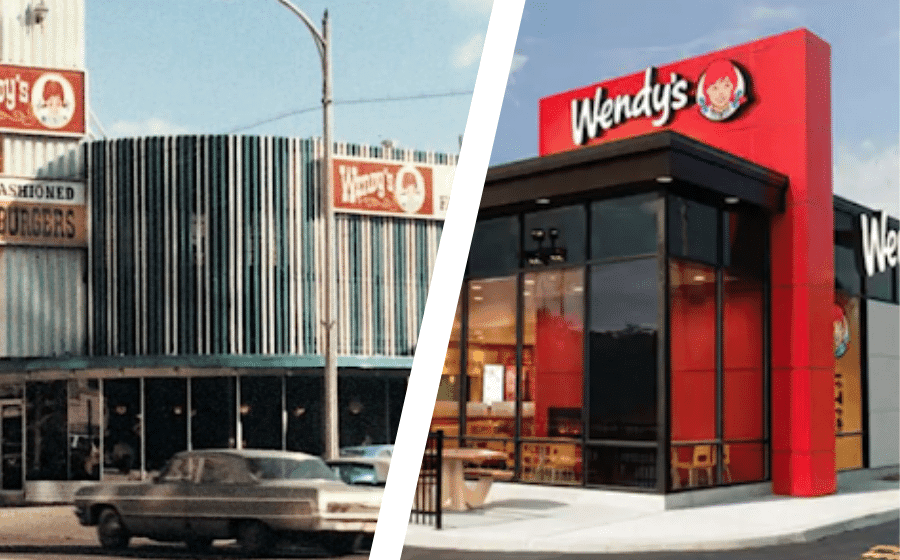
What’s Next for QSR Development?
As the quick-service restaurant (QSR) industry moves deeper into a high-cost, high-rate environment, the conventional paths to expansion that once fueled new store openings are facing serious challenges. The old formula—developer-led build-to-suit deals offering stable returns to landlords and easy growth for franchisees—no longer pencils out easily. Rising interest rates, construction expenses up more than 20% since pre-pandemic times (according to a 2024 report by the National Association of Home Builders), and land prices that refuse to ease are forcing operators to think differently.
Recent data from JLL’s “US QSR Market Insight, Summer 2024” reveals a 30% decrease year-over-year in new construction starts for drive-thru-oriented QSR units. “There’s no denying the credit crunch,” says Alicia Rogers, Head of Franchise Solutions at TD Bank. “Franchisees that once relied on build-to-suit structures now face lenders demanding more equity, more guarantees, and often higher interest spreads. Under these conditions, the rent that must be charged to the tenant for the deal to make sense reaches levels operators call ‘prohibitive.’”
With these headwinds, QSRs are turning to creative funding solutions to keep growth on track. Reverse sale-leasebacks are emerging as a preferred route, enabling the franchisee to finance and build the store themselves (often at a lower cost) before selling the completed property to a third party. A 2025 Cushman & Wakefield survey of franchise operators found that nearly 40% plan to use reverse sale-leasebacks for at least one upcoming project—double the figure from just two years ago. “It’s not new, but it’s newly relevant,” notes Carlos Lopez, a Managing Director at Cushman & Wakefield’s Retail Capital Markets group. “In a high-rate environment, controlling the construction phase and then offloading the stabilized asset reduces risk and improves capital efficiency for the franchisee.”
This pivot to alternative financing has ripple effects for net lease investors as well. According to Marcus & Millichap’s “Net Lease QSR Outlook 2025,” these transactions often yield more stabilized assets hitting the market. Cap rates for established QSR brands remain tight, typically in the 5.0% to 5.5% range for prime locations, as investors see these tenants as reliable and internet-proof. “We’re seeing intense bidding for stabilized QSR properties in top-tier suburban markets,” says John Mercer, Senior Investment Broker at Marcus & Millichap. “Though the cost of capital is up, the operational resilience of these concepts keeps demand strong.”
In parallel, a shift in location strategy is also shaping the future of QSR development. CBRE’s “Foodservice Real Estate Trends 2025” report shows QSR operators are increasingly targeting suburban growth corridors and Sun Belt cities, where population increases and favorable demographics drive demand. The Sun Belt’s population jumped nearly 2.5% from 2022 to 2024, per the U.S. Census Bureau, outpacing the national average. “The new hotbeds for QSR expansion are places like Nashville, Charlotte, and Phoenix,” says Melissa Turner, Chief Economist at CBRE. “These markets offer cheaper land, easier permitting, and robust population growth, making the economics of new builds more attractive.”
Moreover, QSR operators are experimenting with different formats—smaller footprints, double or triple drive-thrus, and greater integration of pick-up lanes for mobile orders. According to a KFC franchisee survey conducted by RBC Capital Markets in July 2024, 60% of respondents plan to reduce dining room space in upcoming builds, focusing on throughput and convenience. “We’ve learned that customers care about speed and ease,” notes Sharon White, CFO of a multi-unit Chick-fil-A operator in Texas. “If we can deliver that with a smaller building and less capital outlay, we protect margins and still meet local demand.”
Tech investments are also part of the story. While capital is tighter, franchisees continue to prioritize technology that streamlines operations. A July 2024 Technomic report found that 73% of QSR brands plan to upgrade kitchen automation tools and point-of-sale systems to reduce labor costs and improve consistency. “We may not be building as many new stores as we did in 2019, but every new store we do build is going to be more efficient,” says Marcus Lin, VP of Development for a major taco chain. “The right tech stack helps us justify higher construction costs by ensuring we run leaner.”
The silver lining amid these changes is that the QSR sector shows no sign of losing consumer appeal. Data from The NPD Group reveals that QSR traffic grew 2.5% year-over-year in the first half of 2024, even as inflation pressured consumer spending. “People still crave convenience and affordability,” states Holly Sanders, Senior Retail Analyst at The NPD Group. “For all the challenges in financing and building, the underlying demand for QSR dining remains rock-solid.”
Moving forward, experts predict a more balanced equilibrium—fewer speculative projects, more intentional site selection, and capital structures that spread risk more evenly between franchisees and investors. The franchise operator who can leverage reverse sale-leasebacks, harness modular construction techniques, or negotiate flexible lease terms stands to gain an edge in a market that rewards adaptability.
“I wouldn’t call it a slowdown, I’d call it a recalibration,” explains Mercer of Marcus & Millichap. “The QSR operators and developers who find smarter ways to finance, build, and operate new stores will set themselves up for sustainable growth. Instead of relying on easy capital and straightforward deals, they’re innovating—and that’s healthy for the sector long-term.”
In essence, the QSR development landscape is evolving from brute-force expansion to a more nuanced approach, shaped by financing ingenuity, demographic shifts, and operational efficiency. While the old playbook might be dead, a new one—rooted in flexibility and foresight—is taking its place.